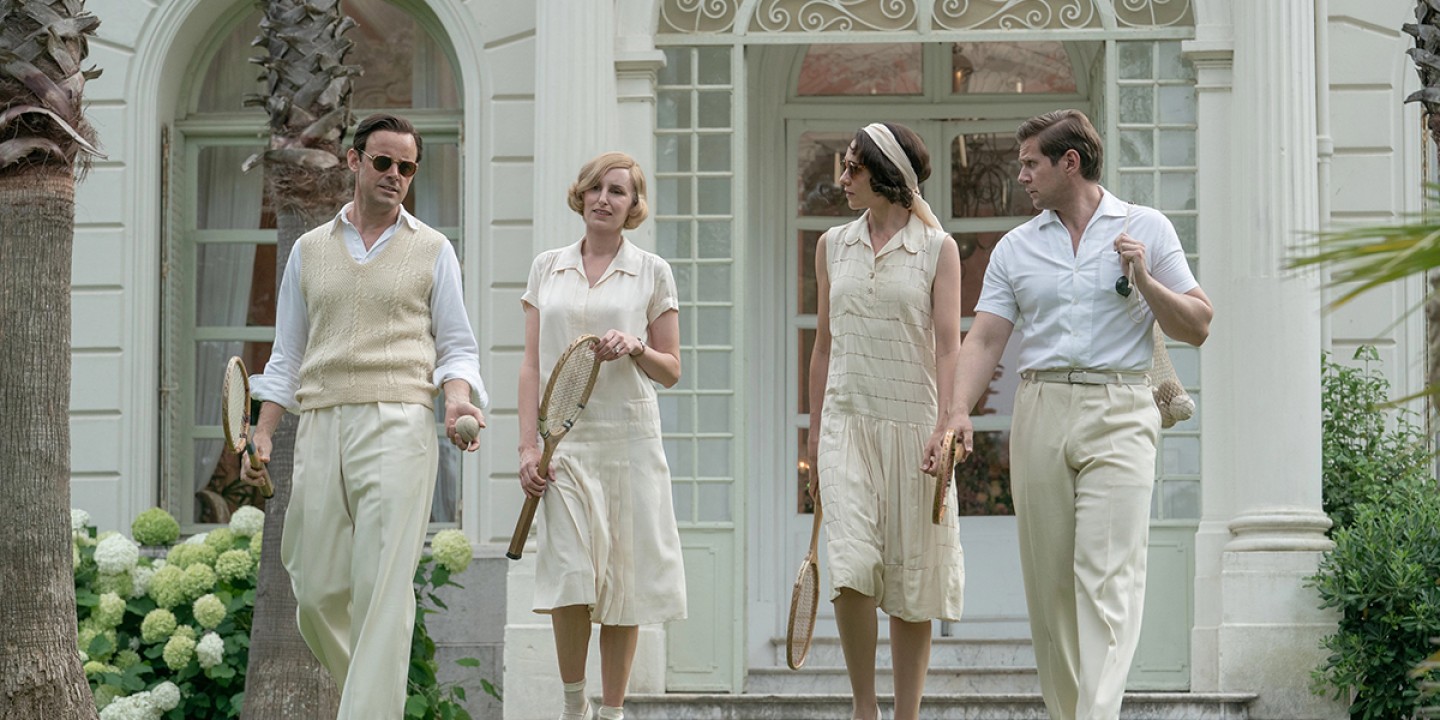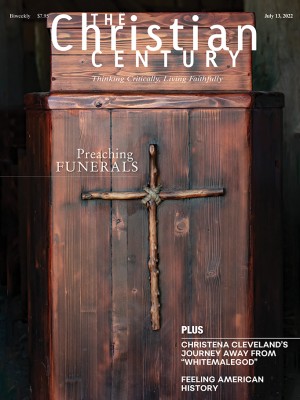When I think of Downton Abbey, I think of the costumes
Beautiful objects in a sea of inequity and decadence

The best part of the recent film Downton Abbey: A New Era is when Hollywood comes to Downton. The aristocratic family agrees to rent their manor home as a film set to raise cash to fix their leaky roof. The arrival of “film people” is meant to signify a clash of cultures—the glitzy, false glamour of a movie set meets the stodgy but decidedly real glamour of old-world aristocracy. But watching these rooms, familiar to Downton viewers since 2010, turned into movie sets reminds us that we have always been watching a fantasy-film version of history. When the servants haul the movie star’s copious wardrobe up the stairs, we are supposed to chuckle at her vanity. But it’s a glib joke given that getting dressed in various outfits throughout the day has always been the main pastime of Downton’s occupants.
Plot-wise, Downton has always been a soap opera masquerading as a historical drama. The show opened the first of its six critically acclaimed seasons on the sinking of the Titanic, and this final movie closes on the eve of World War II; the 1918 flu pandemic, World War I, and the specter of socialism flit around the edges. But the drama was set firmly inside the house. Thomas, the closeted gay footman turned butler, was always scheming against someone; Bates the valet was accused of murder. The dowager countess might have had both Russian and French lovers. A Turkish lover died in Lady Mary’s bed. Later her husband miraculously recovered from a paralyzing war wound only to die tragically.
Read our latest issue or browse back issues.
The convoluted plotlines tangle and blur in my head, but the costumes stand out clearly. The dazzling white summer dresses the Crawley sisters wear in the first season finale signify an innocent ease in contrast to the complex stew of emotions brewing in their hearts. When Cora Crawley flirts with temptation, she dons a vibrant orange jacket that contrasts with her usually muted grays, browns, blues, and lavender. When Edith makes her bid for a journalism career, she wears modern drapey coats in muted colors. Every single one of Lady Mary’s body-conscious, heavily beaded evening gowns is meant to signal her delicious desirability and unattainability. And, of course, Lady Sybil’s radical “Egyptian”-style pantsuit marks her as the rebellious sister who will soon run off with the chauffeur for love.
Costumes, color schemes, and material objects are never merely props for Downton creator Julian Fellowes; they are often the main attraction. His new drama for HBO, The Gilded Age, set in late 19th-century New York, is even more suffused with luxurious things. And, as in Downton, Fellowes is interested in the dynamics of class, especially as it combines with materiality. The drama in The Gilded Age is between old money—the last vestiges of European aristocracy who do, indeed, think they occupy a God-given right to wealth and power—and new money in the form of the Russells, a fictional stand-in for titans of industrial wealth like the Vanderbilts or Rockefellers.
The Russells know how to spend their money on beautiful things: silks so rich you could swim in them, plush carpets, gilded dishes, and enough cut flowers to keep a dozen gardeners busy for months. Old money might scoff at their decadence, but they can’t help but be a little awed by the total environment of wealth the Russells build out of thin air. The result is morally ambiguous: the more the Russells are snubbed, the more we cheer for them. But the Russells are, after all, harbingers of a new era of massive wealth inequality, and their tactics to crush economic competition under their newly shod heels and to wedge their way into the best ballrooms in New York can only be described as ruthless.
Still, I appreciate the moral conflict generated in The Gilded Age. In the early seasons of Downton, we might have felt a little squeamish, if not outright shocked, as we watched the extraordinary labor of so many people required to maintain the illusion of leisure and luxury for a few, who were often petty and self-involved. But by the time the show ended, the Downton dynasty had grown saccharine in its class dealings and almost maudlin in the degree to which its characters espoused anachronistic contemporary progressive values around gender, race, and sexuality. In the most recent movie, servants and masters are buddies on a road trip to France, making it increasingly hard to understand why they keep eating in separate rooms except for their dogged sense that natural law demands it.
Fellowes seems to know that the luxurious worlds that most intrigue him depend on political realities many modern viewers will find unpalatable. But he still wants those beautiful objects to appear in all the glittery hyperreality that film affords, and he wants to sink us into a world where it feels right and good that someone has them. Maybe this is why he has turned to the beautiful fictions of film and acting itself as plot device and character arc.
In one of the final scenes of The Gilded Age, Bertha Russell (Carrie Coon) descends her magnificent double staircase in a black-and-white dress that takes the breath away of every person in the room. She, more than anyone, understands that it is a costume she has put on to play a part; if she plays it well enough, she can upset the entire social order. So, too, the actors using Downton as the backdrop for their movie throw into relief how much the aristocracy, at least by the 20th century, is an elaborate stage play with dwindling spectators.
And this seems to be what Fellowes wants most of all in his own work: to transport us to a make-believe world where we get the beautiful objects without brutality and inequality. It may not make good politics, but it is enrapturing. I stopped watching for the plot a long time ago, but I can’t turn away from those dresses.
A version of this article appears in the print edition under the title “Beautiful things.”






